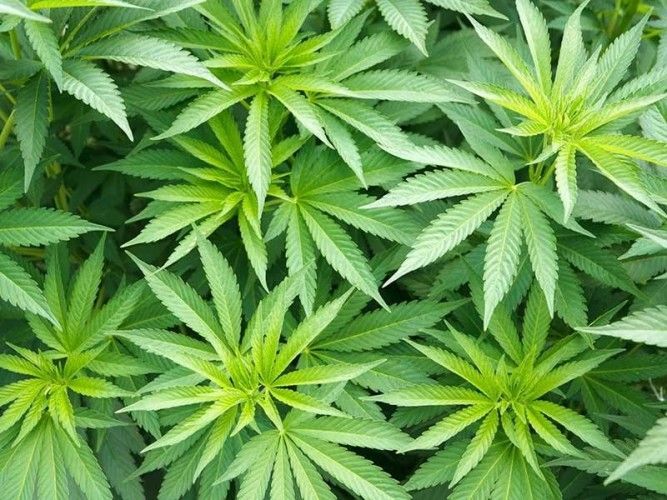Cannabis as a harmful drug has been dominant for so long, that many people still have trouble accepting the plant’s demonstrated medicinal effects and the proven effects on medical marijuana have shifted dramatically in the last decades. The list of legal “users” that could benefit from it include pain from AIDS, nausea, glaucoma, Crohn’s disease and muscle spasms related to multiple sclerosis, and a host of other conditions to those marijuana has effectively treated. Cannabis is still difficult and risky to obtain for millions of people who could benefit from it. Loosening marijuana laws would help many of these people, and repealing prohibition would help all of them.
For years Peru, one of the leading coca growers and among the top cocaine producers in the world, waged a fierce war on all drugs and illegal substances. It is all the more surprising that now there seems to be a rethinking, at least concerning cannabis.
Yesterday the Peruvian government under President Pedro Pablo Kuczynski introduced a bill to the Peruvian Congress that would legalize the import, sale and consumption of medicinal marijuana and cannabis derivatives for the treatment of serious and terminal illnesses. Trafficking and the recreational use of cannabis, however, would remain a crime.
While today the use of marijuana is controversial and illegal in countless countries, the cannabis plant is one of the oldest cultivated crops. For thousands of years, it was used to make clothes, ropes, paper and pottery and was consumed and worshipped as medicine. But in the 1930s it was prohibited, some say on flimsy grounds, others to protect people from dangerous side effects. Anyway, it seems that after over 80 years of banning the age-old plant, the ancient knowledge of the beneficial effects of cannabis is slowly brought back to our modern world.
Numerous countries already have recognized the medicinal properties of marijuana, including but not limited to relieving chronic and excruciating pain, alleviating muscle spasm in patients with epilepsy and tics of Tourette syndrome patients, reducing nausea during cancer treatment, improving appetite and sleep, and legalized the usage of the cannabis plant and plant derivatives for medicinal purposes.
Peru until now wasn’t one of these countries and followed a hardline policy on all drugs. So, the question remains, why the sudden change of mind? Why now introducing a law allowing medical marijuana that is strongly supported by the Peruvian President, the Prime Minister and even the Ministry of Health?
The answer is an incident that happened just a few weeks ago. Peruvian police raided an apartment in the district of San Miguel in Lima and found a lab inside the home where the oil from cannabis plants was extracted. This oil was shared with parents that are members of an association called Buscando Esperanza (Looking for Hope), who would treat their children suffering from epilepsy and various other diseases with it.
As in so many other countries, “normal” parents that saw no other way to help their sick children, broke the law due to missing regulations for the legal usage of medical marijuana and the unwillingness to even consider the beneficial properties of cannabis for certain diseases.
For years the association had petitioned lawmakers trying to get the use of medicinal cannabis legalized; in vain. Now, above mentioned incident, however, got the attention of Peru’s Head of State, who has recognized the necessity of medical marijuana and convinced his government to act immediately.
But don’t celebrate just yet. The proposed bill on medical marijuana has to be approved by the Peruvian Congress first; and this might be a tough nut to crack. The congress is ruled by the conservative opposition party Fuerza Popular (Popular Force), led by Keiko Fujimori, who lost the presidential elections to Pedro Pablo Kuczynski last year. Even though both agreed to work together and act in the best interest of the country, with their comfortable majority the Fuerza Popular can easily block any of the president’s legislative initiatives.


